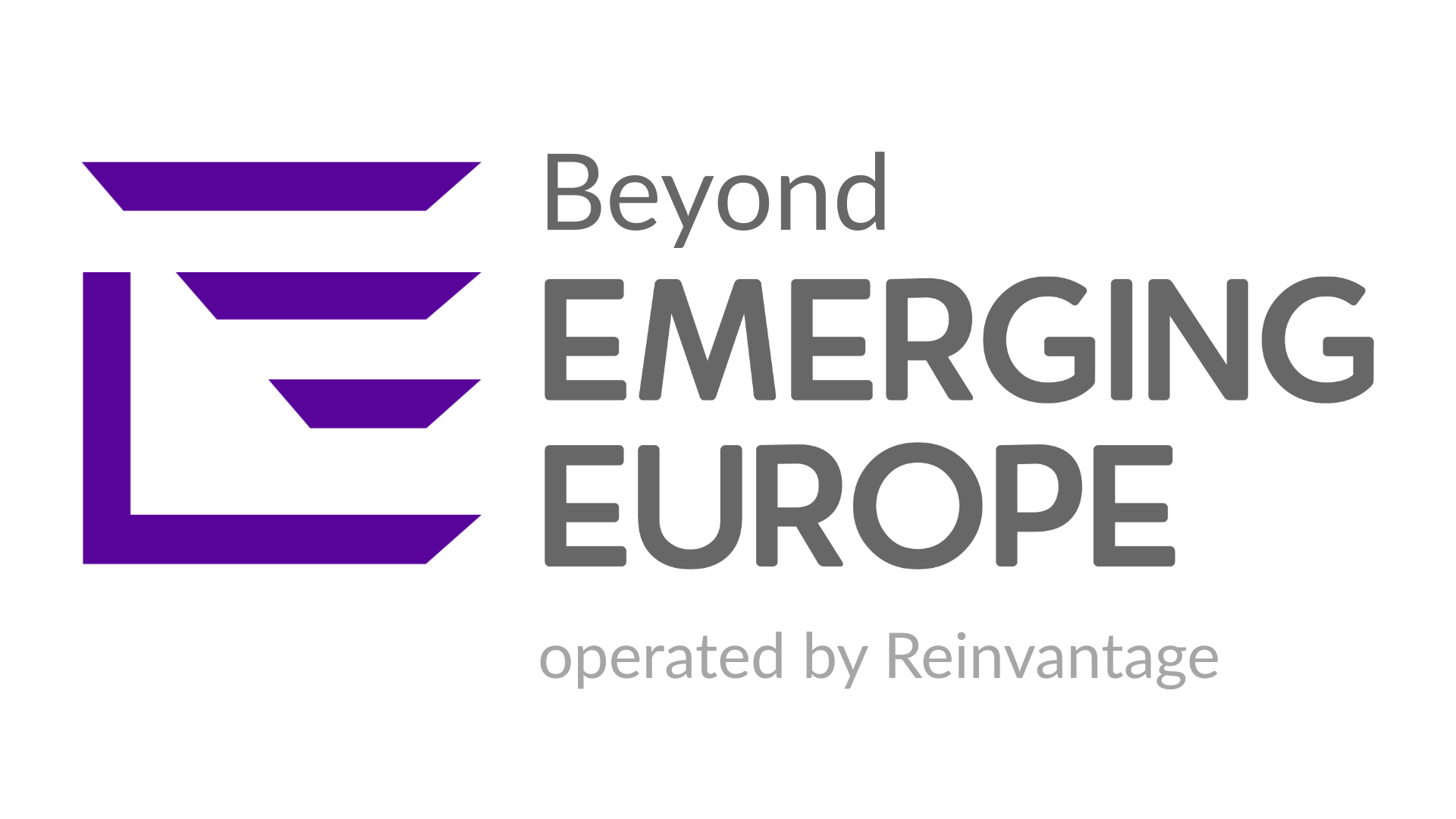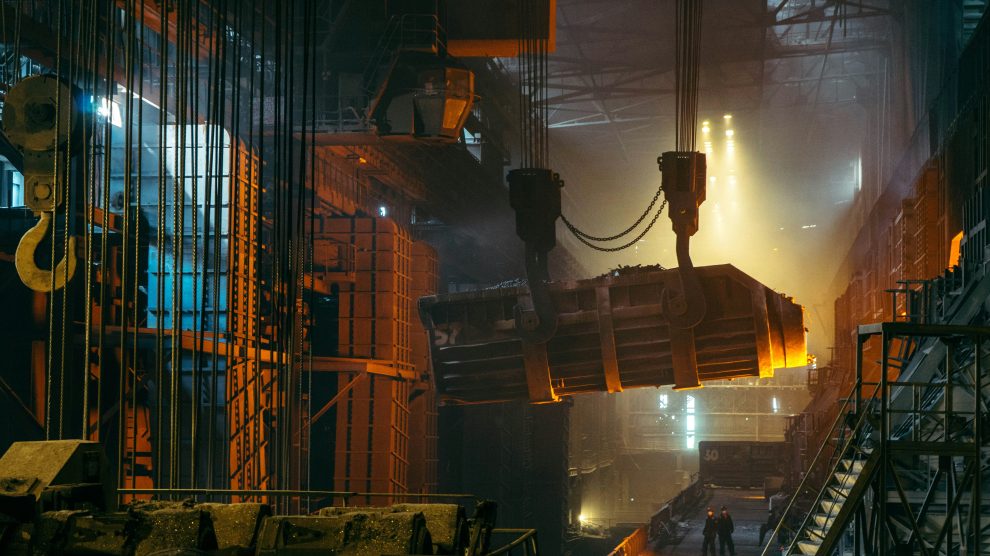Nearshoring has evolved from an appealing notion to a strategic imperative for many international firms, propelled by supply-chain disruptions, shifting cost calculations, and geopolitical uncertainties.
That Central Europe has quietly transformed into a dynamic manufacturing hub, capturing the attention of global firms seeking an alternative to traditional production centres in Asia, is no longer a secret.
As supply-chain headaches persist—from congested ports to rising shipping costs—companies have been rethinking geographic risk. Nearshoring to the heart of Europe has become more than a niche strategy; it is now seen as a cornerstone for business continuity, cost-competitiveness, and smoother trade.
Against this backdrop, the war in Ukraine has accelerated a shift in corporate calculations, underscoring both the economic resilience and strategic value of the region. From Poland’s bustling industrial parks to Czechia’s high-tech hubs, Central Europe’s appeal is unmistakable—and the wave of investment in advanced manufacturing, such as semiconductors, is likely just beginning.
A region of opportunity
At first glance, Central Europe’s success may appear paradoxical. Labour costs, while lower than in Western Europe, remain notably higher than those in many Asian markets.
Nevertheless, businesses now consider total cost rather than mere hourly wages. Lower transportation expenses, proximity to major EU consumer bases, and the ability to deliver products swiftly often outweigh the difference in salaries. In a world shaken by pandemic-induced disruption, a tight-knit network of suppliers within a day’s drive can outperform a far-flung chain reliant on transoceanic shipping.
This recalibration of corporate priorities has been further magnified by geopolitical tensions, as firms seek to lessen the risk of bottlenecks in vital components.
Moreover, Central Europe boasts a young, relatively well-educated workforce. Governments across the region have poured resources into STEM education and vocational training, seeking to cultivate a pipeline of adept technicians and engineers.
In Czechia, a robust tradition of mechanical engineering provides a natural foundation for advanced manufacturing. Poland, meanwhile, has become a magnet for foreign direct investment, citing large graduate cohorts in technical fields and an expanding network of research institutes. This human capital advantage dovetails neatly with EU-funded infrastructure upgrades, allowing manufacturing sites to become more specialised and efficient.
The impact of Russia’s war on Ukraine
The war in Ukraine has heightened attention on the fragility of supply chains and energy routes.
While the human and geopolitical implications of this conflict continue to be profound, its effect on corporate strategy is also playing out. Sanctions on Russia and disruptions to Ukrainian exports have prompted managers to look for safer, more predictable production sites—and Central Europe, lying squarely on NATO’s eastern flank, has emerged as an appealing option.
The region’s membership in the European Union provides regulatory certainty, while existing road and rail connections support rapid movement of goods.
Central European countries have, to varying degrees, managed to weather the fallout from higher energy prices, in part due to EU energy-sharing mechanisms and government interventions.
Poland, for instance, invested early in liquefied natural gas (LNG) terminals, tempering the impact of a sudden stop in Russian gas imports. Although inflationary pressures remain a challenge, investors are heartened by the region’s adaptability and sense of collective resolve.
By contrast, manufacturing hubs further afield that rely on less predictable supply routes have seen shipping or raw material disruptions upend once-stable operations.
Automotive clusters and diversification
No industry more vividly illustrates Central Europe’s economic metamorphosis than the automotive sector. Slovakia, with a population of just over five million, has become the world’s largest per-capita car producer, hosting factories for Volkswagen, Kia, and Jaguar Land Rover.
Czechia, already known for Škoda, continues to attract leading auto suppliers. Poland, too, is making its mark, with factories turning out components, engines, and even electric vehicle batteries.
This automotive ecosystem underlines how the region’s competitive edge extends beyond cheap labour. Specialisation, integrated supply chains, and close proximity to wealthy Western European markets combine to foster industrial sophistication.
As the global car industry shifts from traditional combustion engines to electric drivetrains, Central Europe sees a fresh opportunity to climb up the value chain.
Battery plants are sprouting in Poland, Hungary, and Slovakia, where companies like LG Chem and Samsung SDI have poured millions into new facilities. Governments have lured these firms with tax incentives, streamlined permitting, and partnerships with local universities to ensure a steady supply of trained workers.
The logic is straightforward: produce batteries close to where EVs are assembled, rather than shipping bulky, expensive components from Asia.
The semiconductor surge
If automotive production symbolises Central Europe’s industrial present, semiconductor manufacturing may represent its future.
Keenly aware of global chip shortages—and eager to reduce reliance on Asia—European policymakers have introduced incentives to encourage chipmakers to set up shop closer to home. In August 2022, the EU announced the European Chips Act, seeking to mobilise over 40 billion euros in public and private funding to double the EU’s share of the global chip market by 2030.
Central Europe, with its manufacturing prowess and supportive investment regimes, aspires to capture a substantial share of this windfall.
Czechia, for example, is already home to several advanced microelectronics companies, leveraging a heritage of mechanical and electrical engineering expertise. Poland, meanwhile, is courting multinational chip giants with promises of targeted subsidies and streamlined planning processes.
A notable example is Intel’s decision to establish a 4.6 billion euros investment to build a semiconductor assembly and test plant in Wrocław, which marked one of the largest foreign investments in Poland’s history, part of the company’s broader European expansion that includes new factories in Germany.
Likewise, TSMC has considered Germany for a new plant, and while the precise location remains a matter of negotiation, Central Europe’s competitive landscape makes a strong case for further investment in the region.
As chip manufacturers deliberate between Germany’s established industrial base, Czechia’s engineering pedigree, or Poland’s cost advantages, they underscore the region’s rising clout in advanced industries.
Challenges and constraints
Nevertheless, nearshoring to Central Europe is not without hurdles. Labour shortages, especially in highly skilled occupations, are becoming more pronounced. Younger workers often gravitate to Western Europe’s higher salaries, leaving a narrower pool of talent. In response, governments have tried to entice expatriates back home and attract foreign specialists, but bureaucracy and housing shortages slow progress.
Inflation, exacerbated by the conflict in Ukraine and resulting energy shocks, poses another headwind. While the region has demonstrated resilience, monetary tightening could dampen business confidence and throttle new investments if interest rates rise too quickly.
Furthermore, local suppliers sometimes struggle to meet the exacting standards or production volumes that global corporations demand. Central Europe’s success will depend on whether these suppliers can adopt lean manufacturing, digital processes, and continuous improvement approaches to match international benchmarks.
Moreover, political risk, though usually overshadowed by the region’s EU membership and NATO protection, cannot be ignored. Hungary’s tense relationship with Brussels, for example, complicates EU funding flows. Poland has also locked horns with the European Commission over judicial reforms, raising questions about the stability of future investment incentives.
While the region remains broadly pro-business, policymakers must ensure they do not undermine confidence through erratic policy shifts or populist rhetoric.
Government incentives and the road ahead
Despite these obstacles, Central Europe’s momentum in nearshoring shows little sign of abating. Governments continue to refine investment incentive packages, offering corporate income tax breaks, R&D grants, and co-financed training programmes.
Large-scale industrial parks have sprung up near major cities, with upgraded highways and modern logistics facilities ensuring swift access to markets across the continent.
EU cohesion funds and post-pandemic recovery mechanisms have also played a crucial part. Countries such as Slovakia and Romania are channeling these resources into road upgrades, digital infrastructure, and clean-energy transitions—projects that, once completed, will further enhance the region’s appeal. Poland’s new high-speed rail lines, for instance, aim to connect key industrial areas with major ports, slashing travel times and easing bottlenecks.
Meanwhile, Czechia envisions a network of innovation districts centered on robotics and microelectronics.
The impact on local economies is substantial. Wages in the automotive and technology sectors have risen rapidly, lifting local purchasing power and fuelling consumer demand.
In Poland’s Silesia region, long reliant on coal mines, modern factories are ushering in a new era of skilled employment. Conversely, rent prices in booming cities such as Prague, Bratislava, and Warsaw have also soared, creating affordability pressures.
Nonetheless, policymakers view the pivot toward advanced manufacturing as a welcome driver of economic diversification. Dependence on a single industry—be it cars or consumer goods—leaves a country vulnerable to downturns. By weaving semiconductors, green tech, and automotive electronics into the same economic tapestry, Central Europe is hoping to cultivate greater resilience.
Nearshoring has evolved from an appealing notion to a strategic imperative for many international firms, propelled by supply-chain disruptions, shifting cost calculations, and geopolitical uncertainties.
Central Europe, once primarily seen as an entry-level manufacturing zone, now brims with possibilities for high-end industrial projects, from electric vehicle batteries to advanced chips. Russia’s war on Ukraine has underscored the need for secure logistics and reliable partners—a role the region is increasingly well-positioned to fulfill.
While Central Europe still faces growing pains, its blend of infrastructure investment, skilled labour, and proximity to major markets offers a compelling case for companies bent on fortifying their supply chains.
The region’s transformation stands as a testament not just to opportunism but to adaptability: in a swiftly changing world, Central Europe’s nearshoring revolution looks set to reshape both its economy and the contours of global manufacturing.
Photo by Ant Rozetsky on Unsplash.
At Emerging Europe, we use an integrated approach centred around market intelligence to help organisations understand trends and strategically position themselves for success.
Learn how our solutions can help you thrive in the region:
Company and Services Overview | Strategic Advantage.


Add Comment